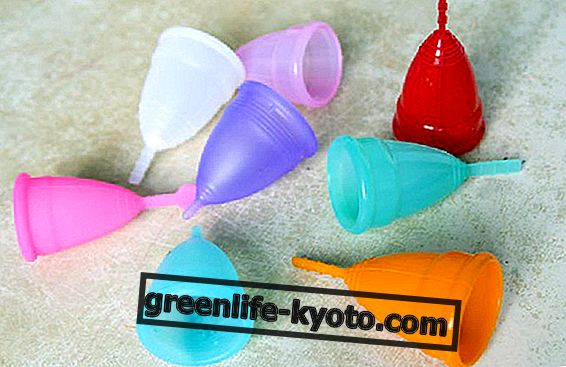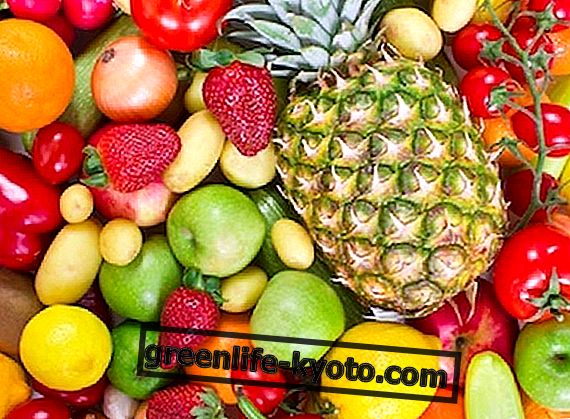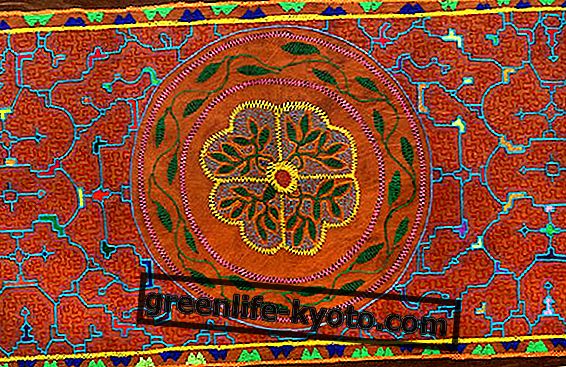Edited by Veronica Pacella, Nutritionist
Inositol is considered part of the group of B vitamins, also referred to as B7, although it is not a vitamin as it can be synthesized by the human body in the liver and kidneys. Among the "inositols" we also find phytic acid, d-chiro-inositol and phytin.

What is inositol for?
In addition to synthesis from the body, inositol is one of the main components of membrane phospholipids and is necessary for the synthesis of the myelin sheath that surrounds the nerves and therefore for the good functioning of nerves, muscles and brain . It is necessary for the proper functioning of many brain transmitters such as serotonin and acetylcholine which, when reduced, could lead to depressive syndromes. Indeed, the potential efficacy of inositol has been demonstrated in cases of depression, although the mechanism of action has not yet been clarified.
Its integration appears beneficial not only in cases of depression, but also for panic attacks and diabetes.
Inositol also acts as a lipotropic agent, supporting the elimination of excess fats from the liver and promoting bile flow.
D-chiro-inositol (DCI) has been an object of interest to the scientific community for years and there are numerous clinical studies that investigate its lack in polycystic ovary syndrome (PCOS). D-chiro-inositol, like folic acid, seems to reduce circulating insulin levels, free androgen levels and increase the rate of ovulation, producing a significant improvement in insulin sensitivity, ovulatory function, hyperandrogenism, blood pressure and plasma triglyceride concentration.
The DCI therefore appears to represent a resource to counter the complex endocrinological and metabolic imbalances that characterize polycystic ovary syndrome.
Phytic acid and phytates are not digestible for humans and do not constitute a source of inositol or phosphate if eaten directly. Some microelements such as zinc and iron could be chelated and non-absorbable, and to a lesser extent calcium and magnesium.
Phytin and phytic acid, more present in soy and, in smaller quantities in cereal bran, subtract calcium and iron from the body. Cooking and the enzyme phytase reduce this action.
Contraindications
In case of supplementation, please refer to the quantity and contraindications indicated by the manufacturer.












